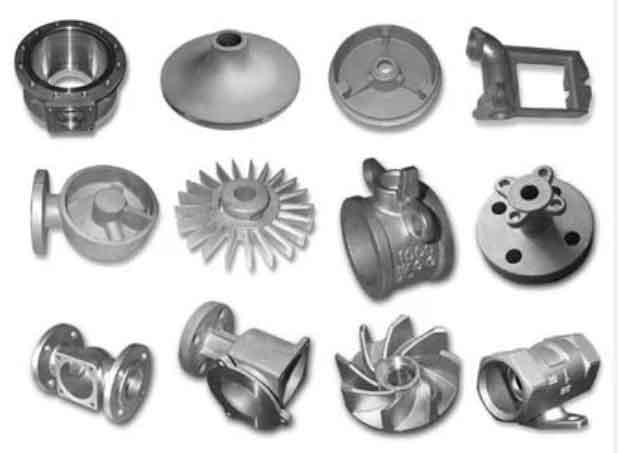This study presents a comprehensive methodology for optimizing the lightweight design of metro gearbox housings through advanced ductile iron casting techniques. By integrating structural simulation, material composition adjustments, and innovative foundry processes, we achieved a 20% weight reduction while maintaining mechanical integrity.
1. Structural Optimization
Through finite element analysis (FEA), we established the minimum wall thickness requirements using the stress-strain relationship:
$$ \sigma_{max} \leq \frac{S_y}{N} $$
Where $S_y$ = yield strength (310 MPa) and $N$ = safety factor (1.8). The optimized wall thickness distribution meets both static and fatigue strength requirements:
| Parameter | Original | Optimized |
|---|---|---|
| Main wall thickness (mm) | 10-12 | 6-7 |
| Weight (kg) | 170 | 135 |
| Stress concentration factor | 1.4 | 1.2 |

2. Material Design for Ductile Iron Casting
The chemical composition was optimized to enhance fluidity while maintaining QT450-10 properties:
$$ C_{eq} = \%C + 0.33(\%Si) + 0.047(\%Mn) $$
Key composition ranges:
| Element | Range (wt%) | Fluidity Impact |
|---|---|---|
| C | 3.5-3.8 | +15% flow length |
| Si | 2.5-2.8 | +12% flow length |
| Mn | <0.5 | Prevents carbide formation |
3. Advanced Casting Techniques
We implemented a modified gating system design based on Bernoulli’s principle:
$$ v = \sqrt{2gh} $$
Where $v$ = flow velocity, $g$ = gravity, $h$ = effective sprue height. The thermal management strategy included:
- Mold preheating to 80°C (ΔT = 60°C reduction)
- Controlled cooling rate: 15-20°C/min
- Ladle cover treatment reducing temperature loss by 33%
4. Process Verification
The casting process was validated through 24 trial productions showing:
| Quality Parameter | Result |
|---|---|
| X-ray inspection pass rate | 100% |
| Surface defects density | <0.2/cm² |
| Mechanical properties | UTS: 485MPa, EL: 14% |
The success of this ductile iron casting process demonstrates that strategic material and process optimization enables significant weight reduction in safety-critical components without compromising performance. Future work will focus on automated process control for large-scale production.
